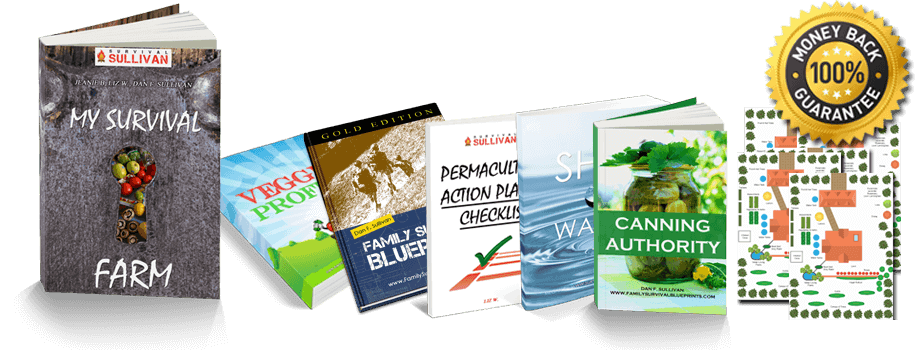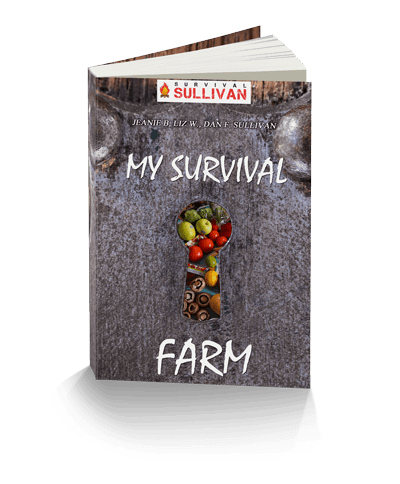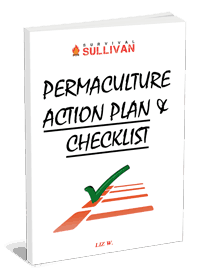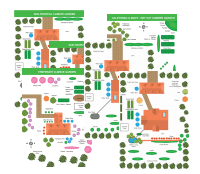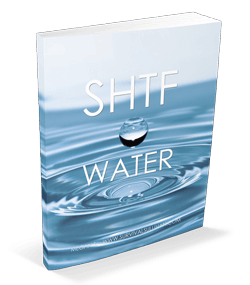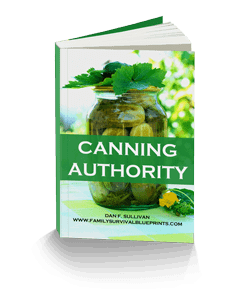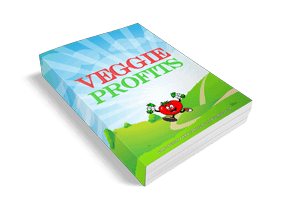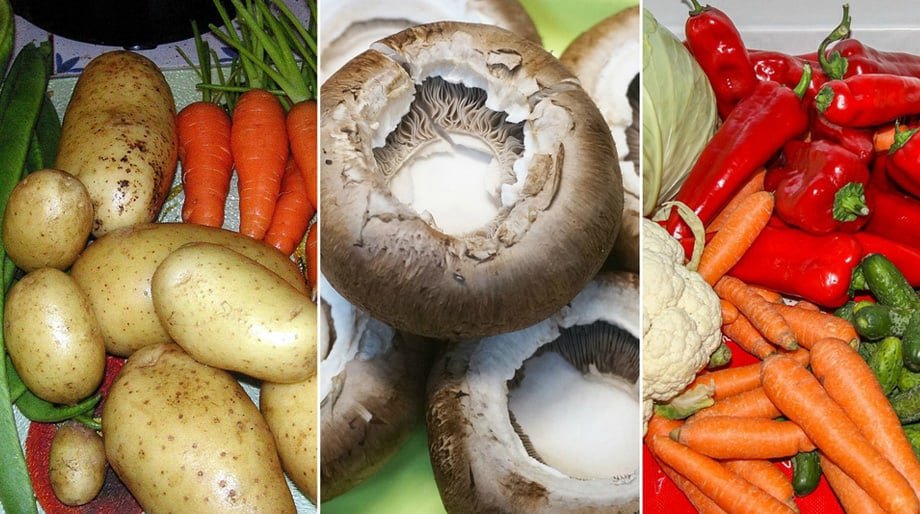My Survival Farm™ - Official Site - Today 90% Off
My Survival Farm" offers a groundbreaking approach to survival gardening, enabling you to grow fresh, organic food effortlessly, even in the most challenging conditions. This innovative system requires no digging, watering, or fertilizing and is designed to thrive in extreme climates, from deserts to frozen landscapes. Whether you live in a small apartment with limited space or have a large backyard, this survival farm can work for you. By mimicking nature’s perfect ecosystem, the garden operates on auto-pilot, ensuring a continuous supply of food, all while remaining hidden from prying eyes and potential threats in times of crisis.
Unlike traditional gardening methods, which demand constant care, this permaculture-based approach relies on natural processes to cultivate a variety of fruits, vegetables, and medicinal plants. It’s not just about survival; it’s about creating a sustainable food source that requires minimal effort while delivering up to eight times the yield of conventional gardening. With step-by-step instructions and a simple setup, this survival garden is accessible for anyone, from beginners to seasoned gardeners, providing a solution for long-term food security in uncertain times.
